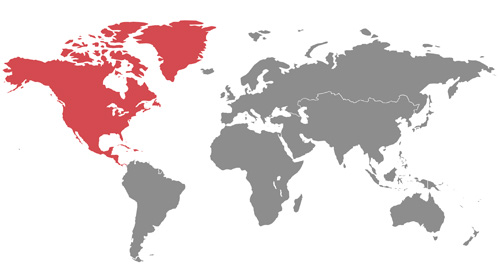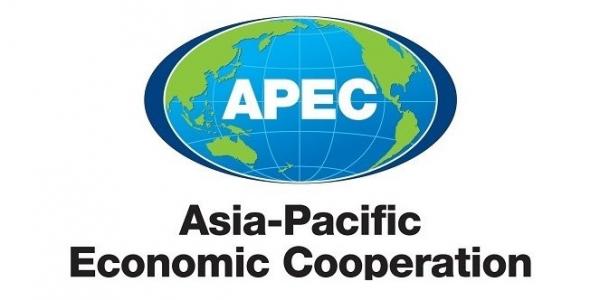Portland International Airport
Project IT Department Organizational Assessment
Portland, Oregon, USA
Project Description
The Port of Portland issued a request for proposal that sought “an independent objective assessment of the IT Department to evaluate appropriateness of organizational structures, optimize performance, improve quality, promote innovation and the effective and efficient use of internal and external resources, and to assist in the identification of future resourcing needs and sources.”
The results of this assessment enabled the Port of Portland IT Department (including PDX airport) to adapt to meet the increasing systems and technology needs of the Port and address the growing burden this effort is placing on existing IT staff. This project was particularly important as it provided a strategy for IT’s support to the large airport capital program and its significant portfolio of facility construction projects (over $2.5 billion). These capital construction projects require heavy involvement of IT staff during planning, design, construction and implementation and result in significantly more IT systems needing oversight, design, and ongoing operational maintenance and support.
















